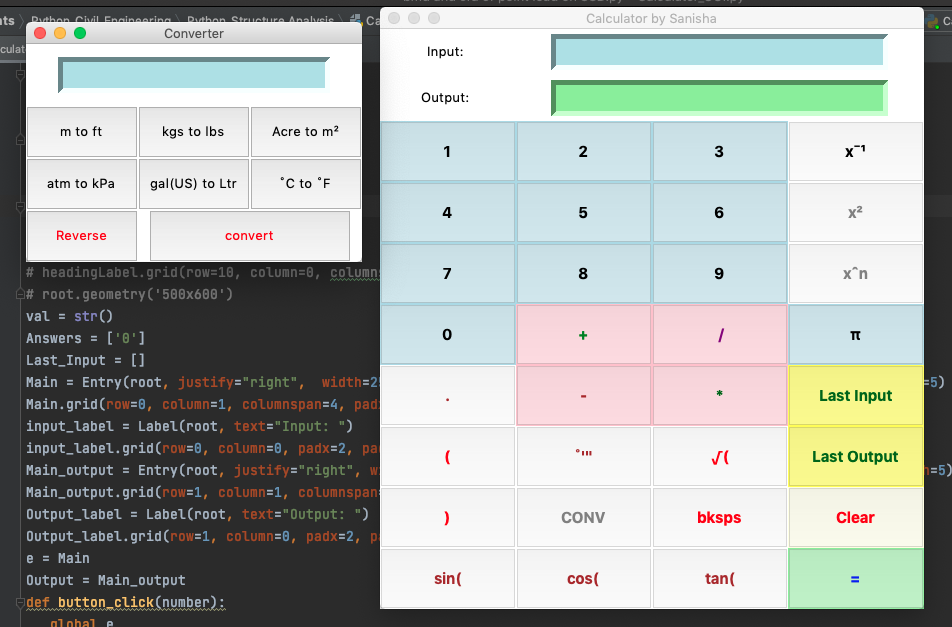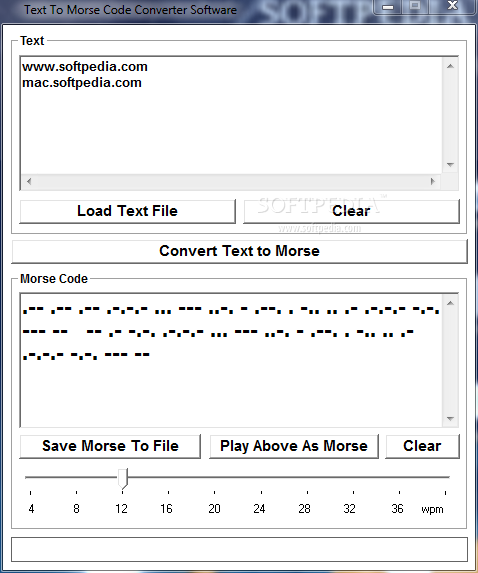

Use validators to validate your code: Always try to use HTML and CSS validators. If you are going to develop a large application, you need to take care of the file structure. Always try to keep structure in mind from day one. Let's start with the basics of coding style and the basics of good HTML and CSS like naming conventions, W3C validity, file structure, etc. We'll also discuss naming conventions for more implicit readability, as well as third-party frameworks and their best practices. Good coding starts with basic coding styling, which expands to best practices for writing large HTML / CSS applications with lots of reusable blocks.
#Free image converter to code how to
However, if you don't know how to work with codes, do you know how to convert images to HTML / CSS? In this article, we will learn how to convert an image to HTML code step by step, also you can find some amazing simple tools to help you convert images to HTML CSS codes. The transformation of a design or any image into code occurs when the design reaches the stage where the developers must implement the design. But do you know how to convert images to code if you are not a developer and do not have programming skills? There are many tools out there that will make it easy to convert these projects to development without a lengthy workflow. The transformation of a design or any image to code occurs when the design reaches the stage where the developers must implement the design.


You can also define how many pixels should be displayed in the image both horizontally and vertically. While you cannot "convert" an image to HTML, you can save the image locally or to a specific web address and then choose a location for it in the HTML document. With just a few snippets of HTML, you can install an image on any web page, email, or other Internet HTML or XML document, just like Fronty does when building a website using AI, which can save you a lot of time when converting an image to HTML process by just uploading one image.


 0 kommentar(er)
0 kommentar(er)
